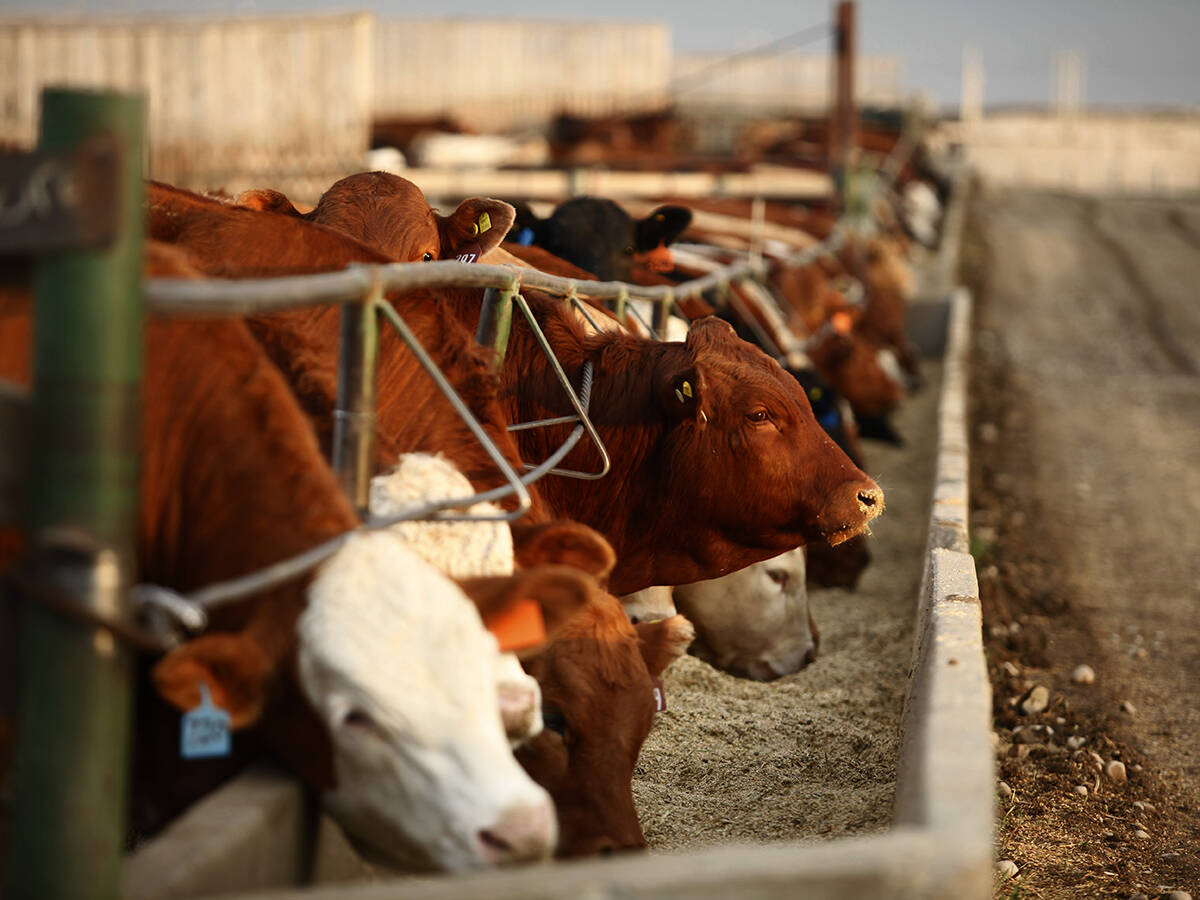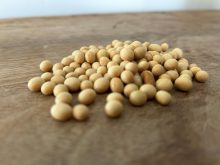U.S. corn futures plunged two per cent on Monday, the most in about a month, as forecasts for warmer weather promised good growing conditions in the Midwest crop belt and snapped a streak of four sessions without a decline.
Wheat and soybean futures followed declines in corn at the Chicago Board of Trade, with wheat touching a two-week low as the early U.S. harvest advanced.
“We didn’t get as much rain in some of the wettest areas and the forecast is warmer and drier this week. Consequently, we are taking some risk premium out of the market,” said Don Roose, analyst at brokerage U.S. Commodities in West Des Moines, Iowa.
Read Also

U.S. livestock: Cattle extend gains on improving cash prices, packer demand
Reuters — Chicago Mercantile Exchange live cattle futures set a three-week high and feeder cattle hit their highest level in…
Occasional rains this week will delay the final plantings of this year’s corn and soybean crops, but warmer weather in the U.S. Midwest is expected to boost growth prospects.
“For crops that are in the ground, it’s nearly ideal with plentiful soil moisture and warmer temperatures,” said John Dee, agricultural meteorologist for Global Weather Monitoring.
Analysts polled by Reuters expect the U.S. Agriculture Department to report the slowest crop seedings since 1996 in a weekly report due at 3 p.m. CDT.
USDA will update global supply and demand forecasts in a monthly report slated for release on Wednesday.
CBOT July corn futures fell 16-1/4 cents to a one-week low of $6.50 per bushel, dropping the most since May 15. New-crop December futures settled 12-1/2 cents, or 2.2 per cent, lower at $5.46 (all figures US$).
“The weekend was definitely a bit drier than expected,” Joel Widenor, agricultural meteorologist at Commodity Weather Group, told the Thomson Reuters Global Ags Forum.
Widenor added the southern U.S. Plains wheat belt was likely to be warm and dry through the end of the month, which should aid harvest of the crop.
CBOT July wheat finished about one per cent, or 9-1/4 cents, lower at $6.89-3/4 per bushel after earlier falling to a session low of $6.80-1/2, a level last seen on May 22.
New-crop November soy ended 11-1/4 cents lower at $13.19 after climbing last week to its highest level since Feb. 7. Old-crop July soybeans fell 16-1/2 cents to $15.11-3/4.
U.S. wheat prices remained under pressure from slack demand for U.S. white wheat following the discovery of a genetically modified wheat strain in Oregon.
“Wheat slipped down in sympathy with the corn and off a bit of chart selling, with little fresh in the way of export demand,” Charlie Sernatinger, analyst at EDF Man Capital, said in a note to clients.
Japan, the United States’ top white wheat customer, declined for a second straight week to bid at its weekly tender. South Korea has formally suspended U.S. wheat purchases, while the European Union said it would step up testing.
U.S. wheat will be in contention in a tender issued by Iraq on Sunday that closes later this month.
— Michael Hirtzer reports on ag commodities for Reuters in Chicago. Additional reporting for Reuters by Gus Trompiz in Paris and Naveen Thukral in Singapore.














